Colored Diamonds: Natural Beauties of Earth
What Colored Diamonds are There?
If you’re shopping for a traditional Diamond, you’ll be presented with a small array of colors and tones from “colorless” to “near colorless” to “white”. If you’ve ever been wedding dress shopping, this is similar to “ivory” vs “eggshell” vs “white”.
But these few colors are just a fraction of what Diamond has to offer. Natural Diamonds come in a wide range of colors, including yellow, brown, blue, and even pink! You’ll often hear these additional colors referred to as “fancy colors”.
Are Colored Diamonds Real Diamonds?
Naturally mined Diamonds come in all different colors, but they can also be imitated. Lab-grown Diamonds are made of carbon just like natural Diamonds, but the growing process is simulated in a lab. Scientists can even manipulate the color of their lab-grown Diamonds.
While these lab-grown Diamonds can still be good quality, it’s important to buy from a reputable jeweler who is straightforward with what they’re selling. At Amáli, we are enchanted with Earth’s natural wonders, so we stick to naturally mined gemstones. You’ll never see a lab-grown gem on our website.
How Are Diamonds Formed?
Before we get into the science of colored Diamonds, here’s a quick overview of how Diamonds are formed.
Diamonds are formed deep underground in Earth’s mantle, where the heat and pressure is incredibly high. When carbon atoms are exposed to this immense heat and pressure, they form a tight tetrahedral structure that we know as Diamond. But it’s not quite a Diamond until it’s pushed all the way up to Earth’s surface, usually through volcanic activity. This whole process takes at least one billion years, and that doesn’t include the mining or cutting of the gems.
How Do Diamonds Get Their Color?
When you learn how colored Diamonds are made, you’ll see why we’re so enchanted by them!
There are actually three main causes of color in Diamonds, and some Diamonds can even have a combination of the three!
Presence of Other Atoms
The most common cause for color in Diamonds is the presence of other atoms. A Diamond in its simplest form is made up entirely of carbon atoms. When other elements ease their way in, it can change how the Diamond reflects light, and therefore, displays color.
Trace elements of nitrogen can create Diamonds that look brown or yellow. Since nitrogen is so abundant on Earth, yellow and brown Diamonds are the most common of the fancy colors. These are some of our favorite Diamonds to use at Amáli, because the colors are reminiscent of Earth itself.
Plastic Deformation
Diamonds thrive under intense heat and pressure; it’s what makes them grow! But occasionally, the heat and pressure is so high that it alters the shape of the Diamond’s structure. This altering, known as plastic deformation, actually changes how the Diamond reflects light. Although very rare, this phenomenon can lead to stunning Pink or Red Diamonds.
Radiation
Can you guess which color is caused by radiation? If you guessed green, you’re absolutely right! Small amounts of radiation can affect Diamonds on their way up to the Earth’s surface, causing colors from sage green to dark forest green. Don’t worry; these Diamonds are still totally safe to wear!
Although uncommon, it’s possible for a Diamond to experience two of these reactions, creating a “blend” of colors. For example, if you have a high presence of nitrogen in a Diamond combined with plastic deformation, you could end up with a glowing shade of orange.
Which Is the Most Expensive Colored Diamond?
Red Diamonds are the most expensive fancy colored Diamonds, followed by Pink, then Blue. The natural deformation process that causes Pink and Red Diamonds is so rare, that only a handful of these Diamonds are mined every year. Blue Diamonds are caused by the presence of boron, which isn’t commonly found in the Earth’s mantle.
All Diamonds, especially fancy colored ones, are rare, making them valuable and sought after. Since Diamonds take at least one billion years to form naturally, the supply will likely never catch up to demand.
Are White Diamonds More Expensive?
When it comes to traditional Diamonds, colorless ones tend to be the most sought after. These reflect light and create the sparkle that we love in engagement rings. In those types of Diamonds, trace elements are considered impurities, and rings with less impurities are more expensive.
However, fancy colored Diamonds are more rare than colorless Diamonds, so they are often more expensive. Beauty is in the eye of the beholder. So do you view these rare colors as imperfections or extraordinary works of nature?
Why Choose Colored Diamonds
Each of our clients are wonderfully unique, so we craft jewelry to reflect that. At Amáli, you’ll find pieces that really capture the beauty of Mother Nature, even combining different colors in one piece.
For example, this textile necklace combines a warm variety of earth tones from chestnut to dandelion, creating a delicate masterpiece.
Colored Diamonds also look beautiful against a yellow gold setting, which is often too harsh a contrast for White Diamonds. This Champagne Diamond ring is a perfect example.
White Diamonds might “go with anything”, but colored Diamonds can be intentionally paired. For example, an emerald green gown with a chocolate Diamond. Or a little black dress with charcoal Diamond earrings.
At the end of the day, you should always choose jewelry that speaks to you. That’s why we have a wide variety of natural beauties to choose from!
Recommended Articles
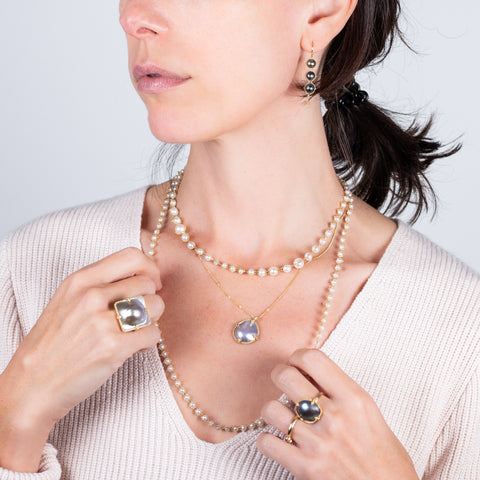
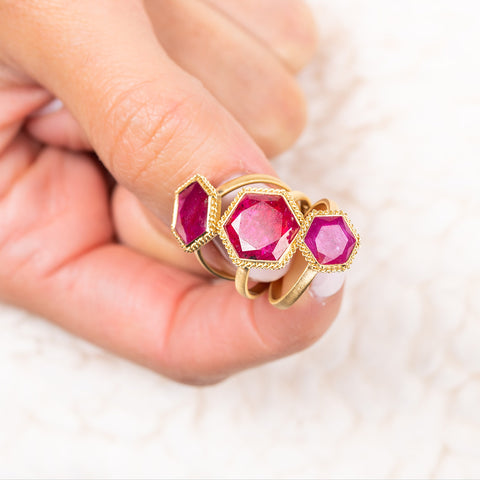
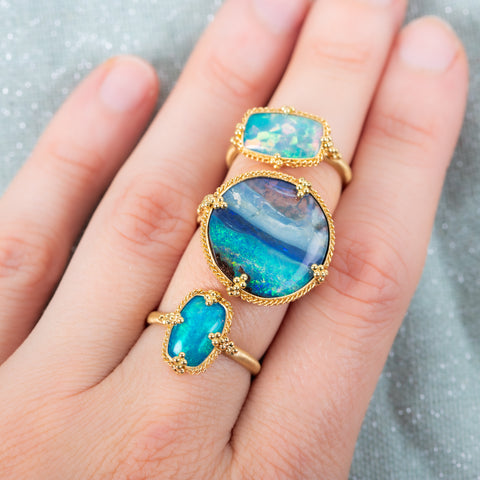
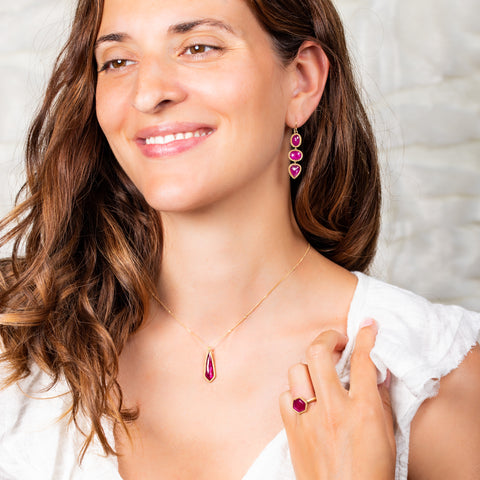
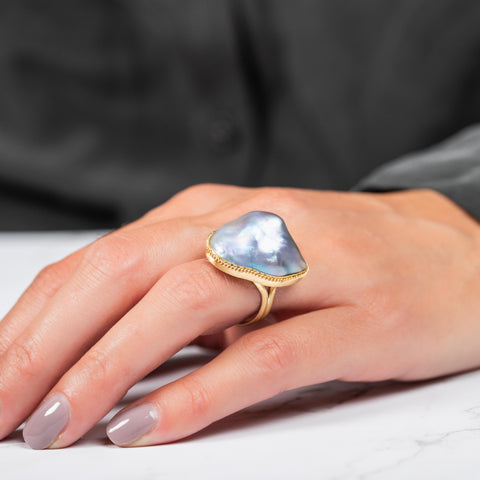


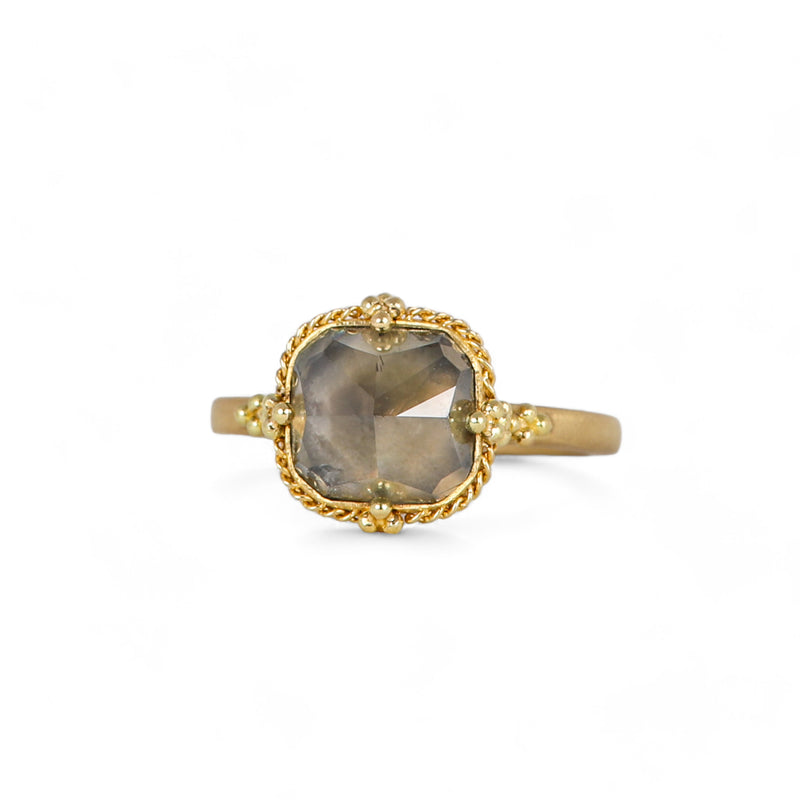
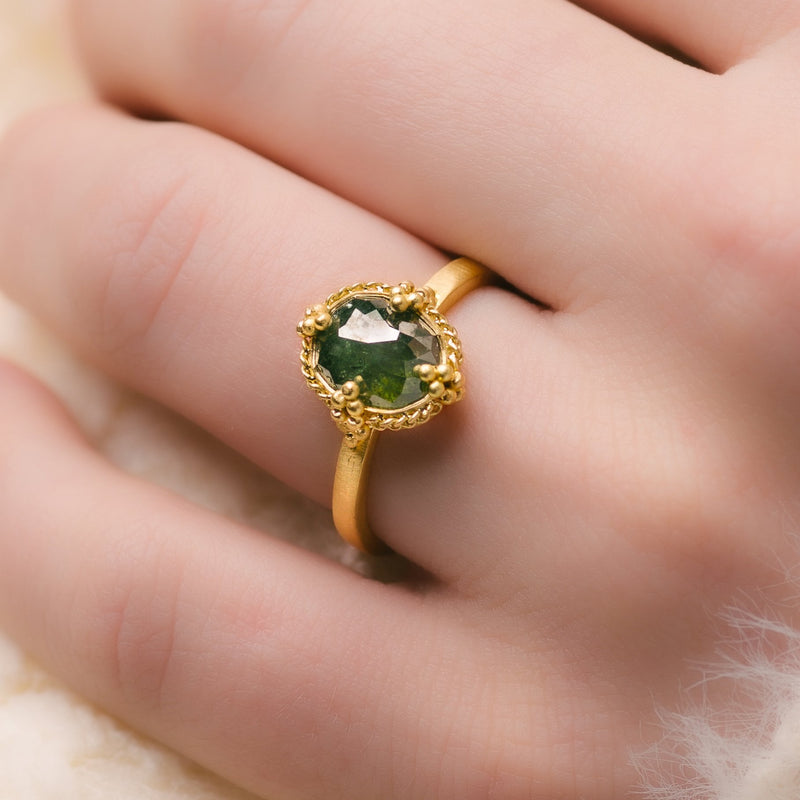
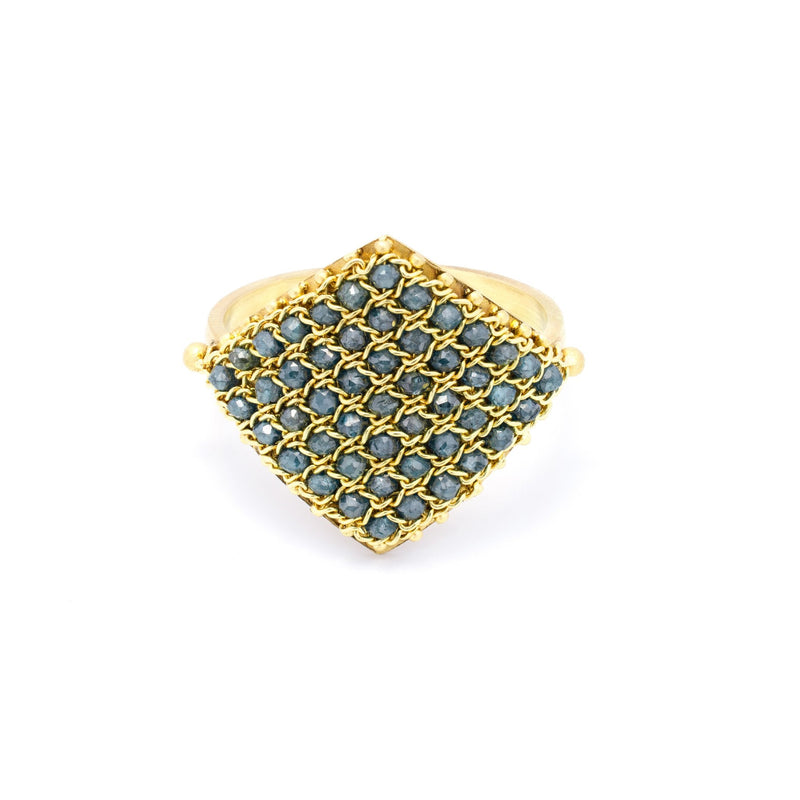

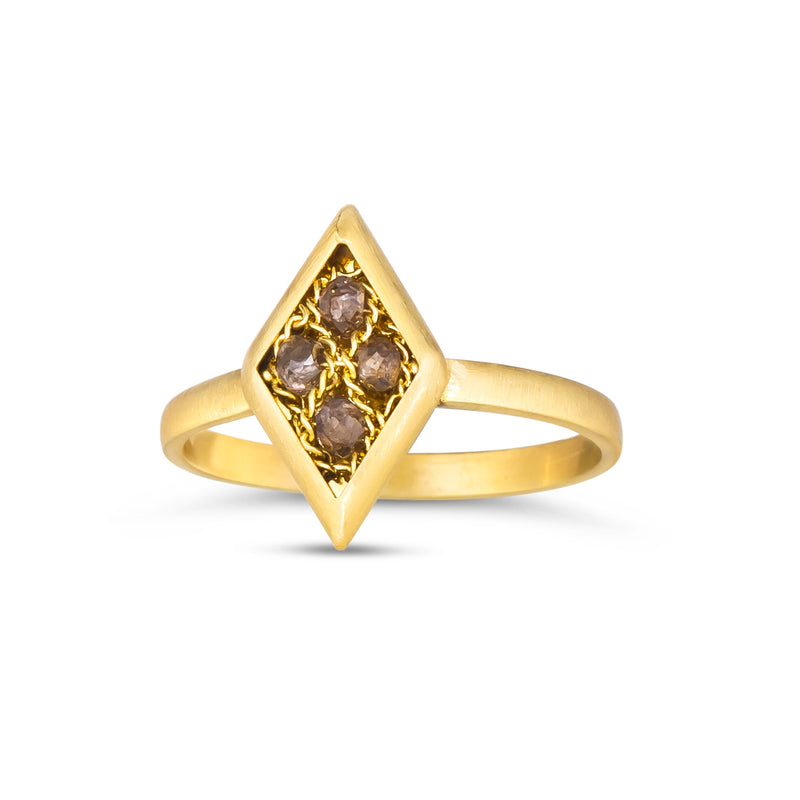

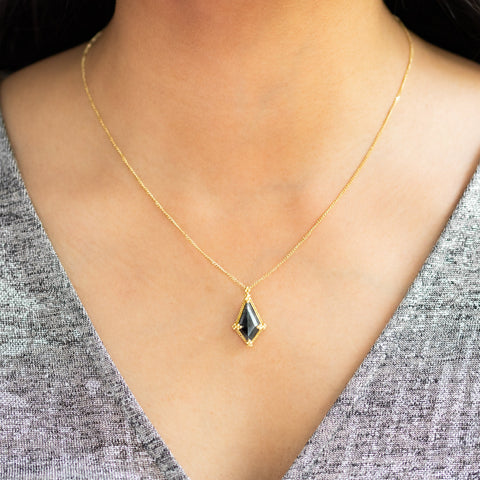
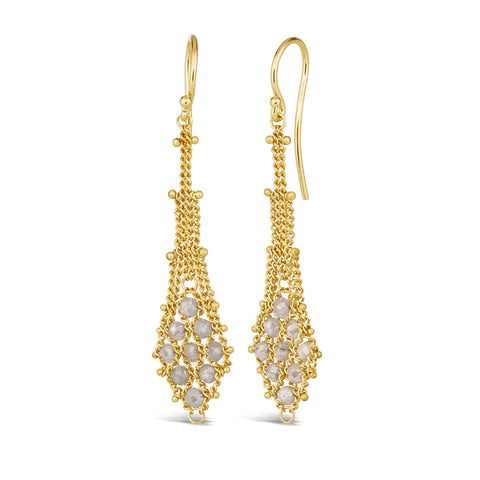
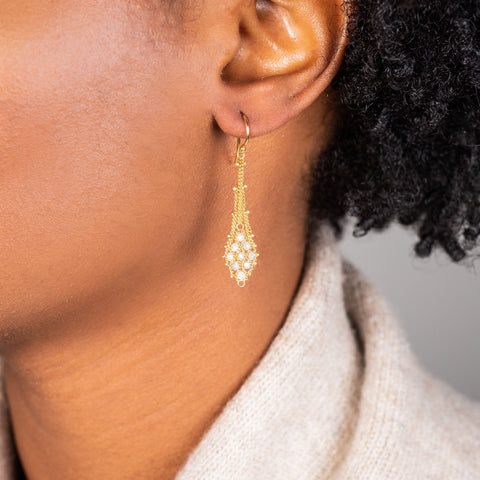
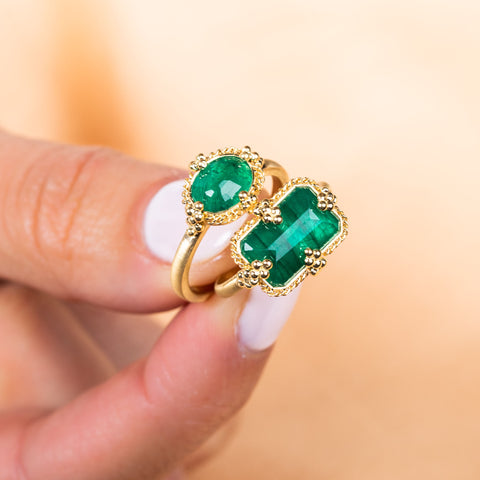
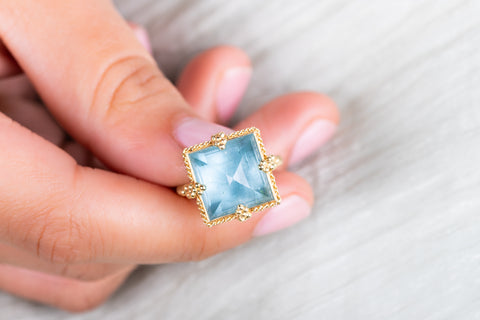
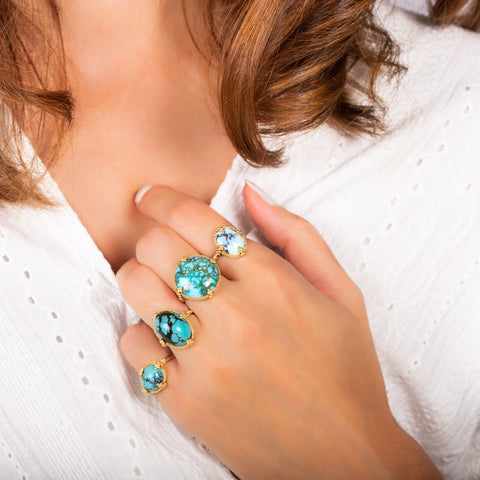

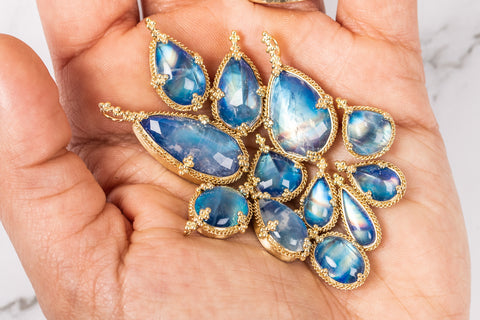
Comments (0)
There are no comments for this article. Be the first one to leave a message!